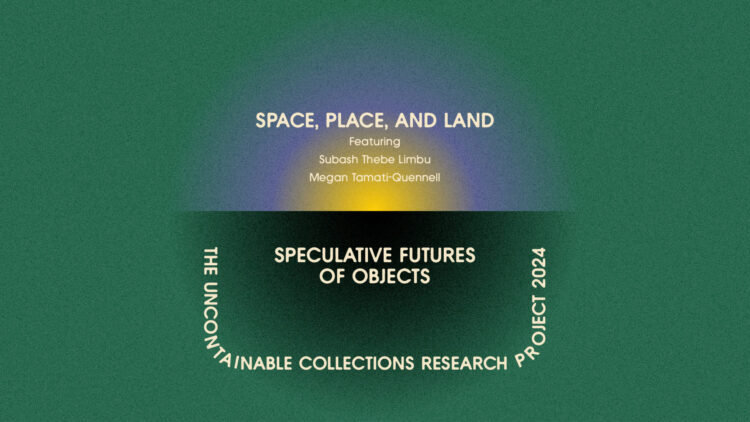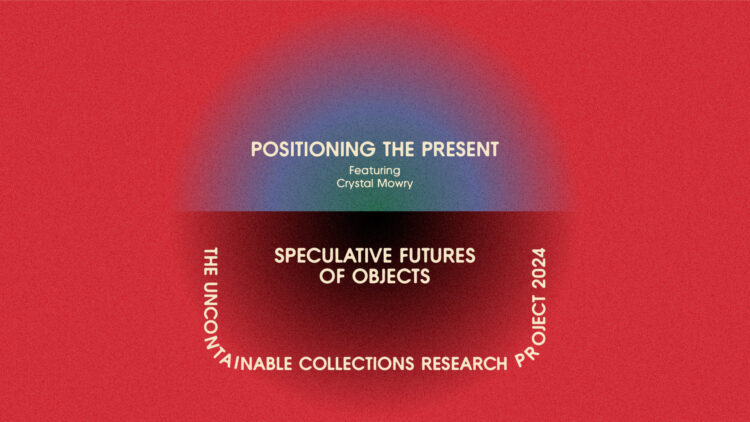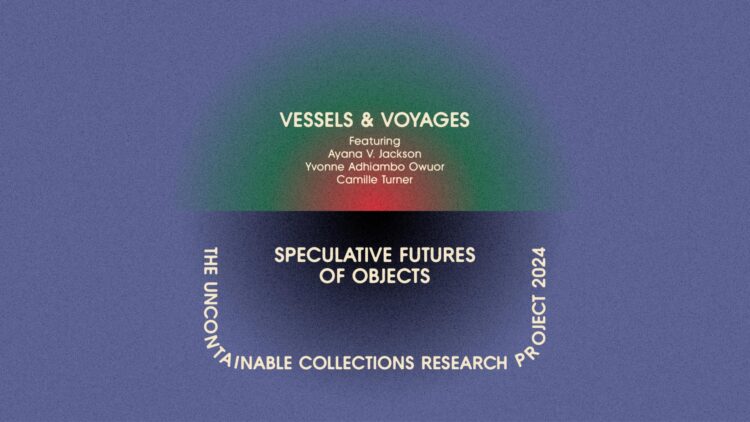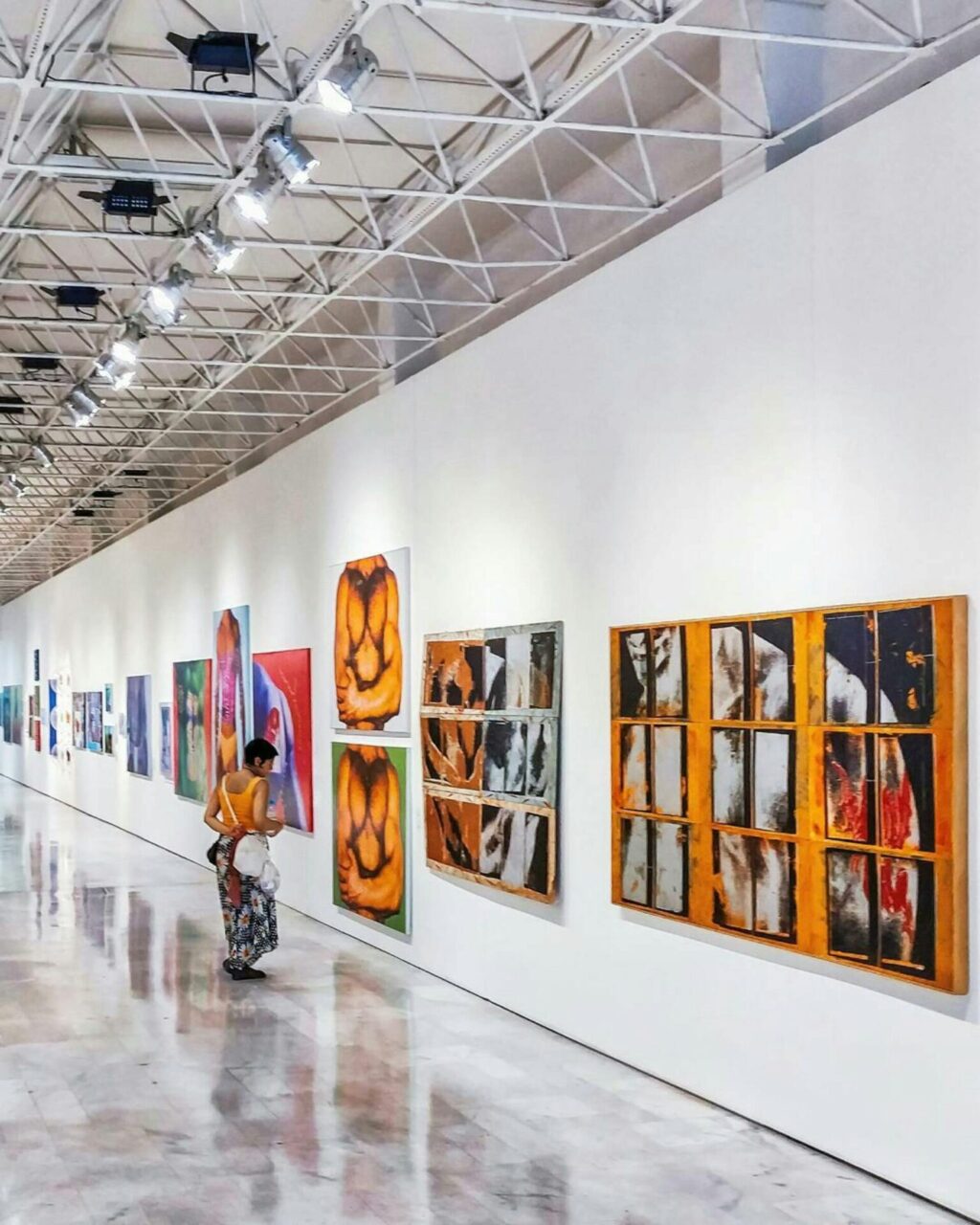
Art fulfills many functions and means many things. No one needs to explain to a child why he or she should draw: children want to draw. To a child, art-making is as natural as eating or breathing. As we get older, our relationship to art shifts, changes, and becomes rather more complicated. Art begins to function in all sorts of ways, from helping marketers sell products to telling truth to power. In today’s post, creativity coach Shannon Borg points out one of art’s most important functions, as a healing agent.
Shannon explained:
In every age, art does a significant amount of work. On a trip to the Portland Art Museum last year, I walked around a corner to be faced with a stunning piece by one of my favorite artists, James Lavadour. I was speechless. I spent 20 minutes looking at it from far away, and close up, and closer. I was transformed into a better version of me, one who can be calm, who can look, and who can live inside a moment and find peace. It was powerful.
As I walked through the museum, I started to think of some of the other things art does for us. From teaching us how to see in linear perspective, to letting everybody know who is in power, the jobs of Art (with a capital A) are many and diverse.
Here are a few of the jobs that Art does:
- Teaching history (and revising history)
- Instilling beliefs
- Glorifying those in power, and instilling fear and awe
- Remembering the dead
- Seeing the unseen, the poor, and the forgotten
- Offering distraction from difficult times by bringing joy and a sense of fun
- Expressing the emotions of the artist
- Capturing a lifestyle or place in time
- Envisioning the future
- Creating a new language of color, form, and line
- Championing and explaining a political point of view or societal shift
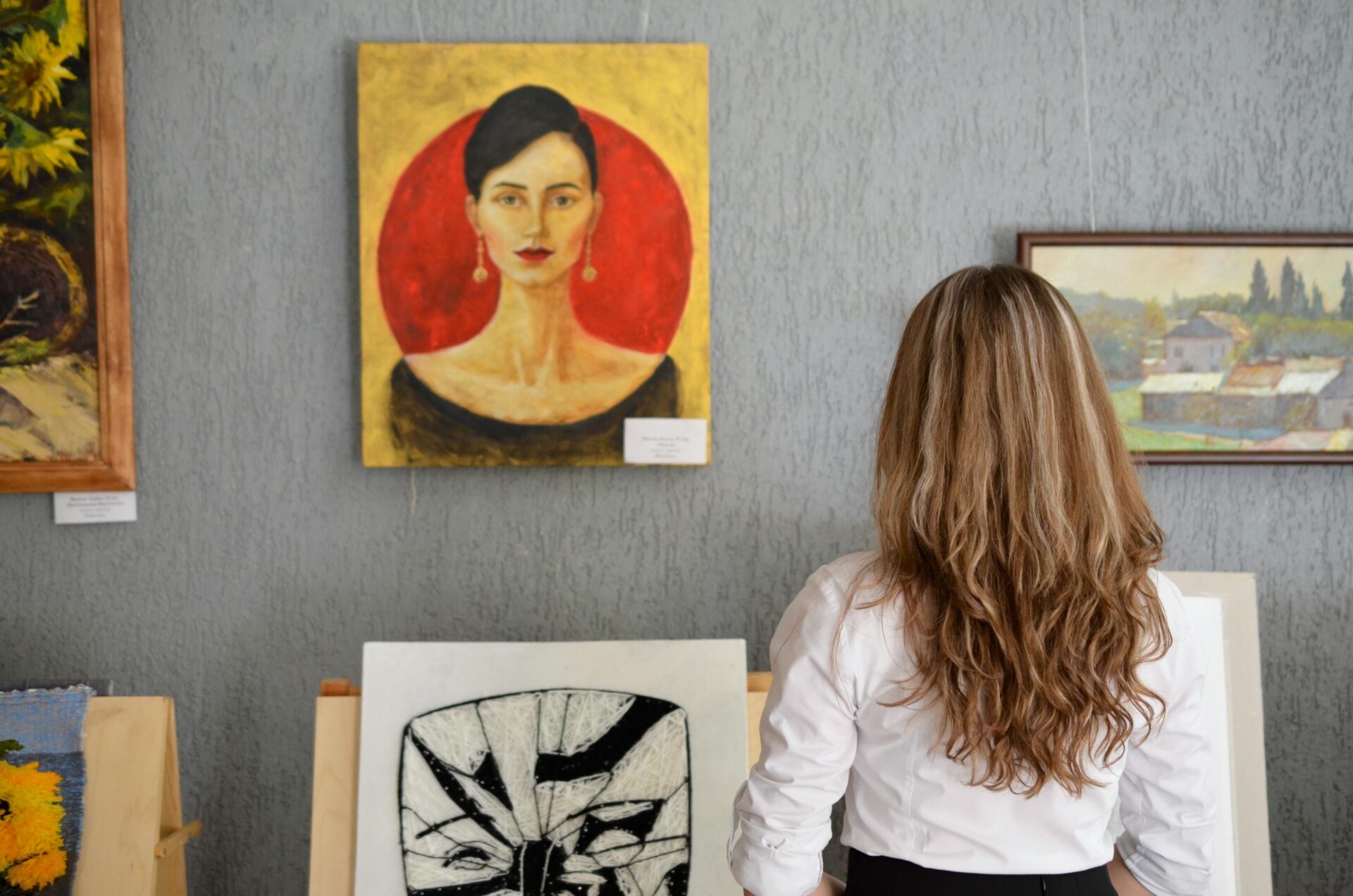
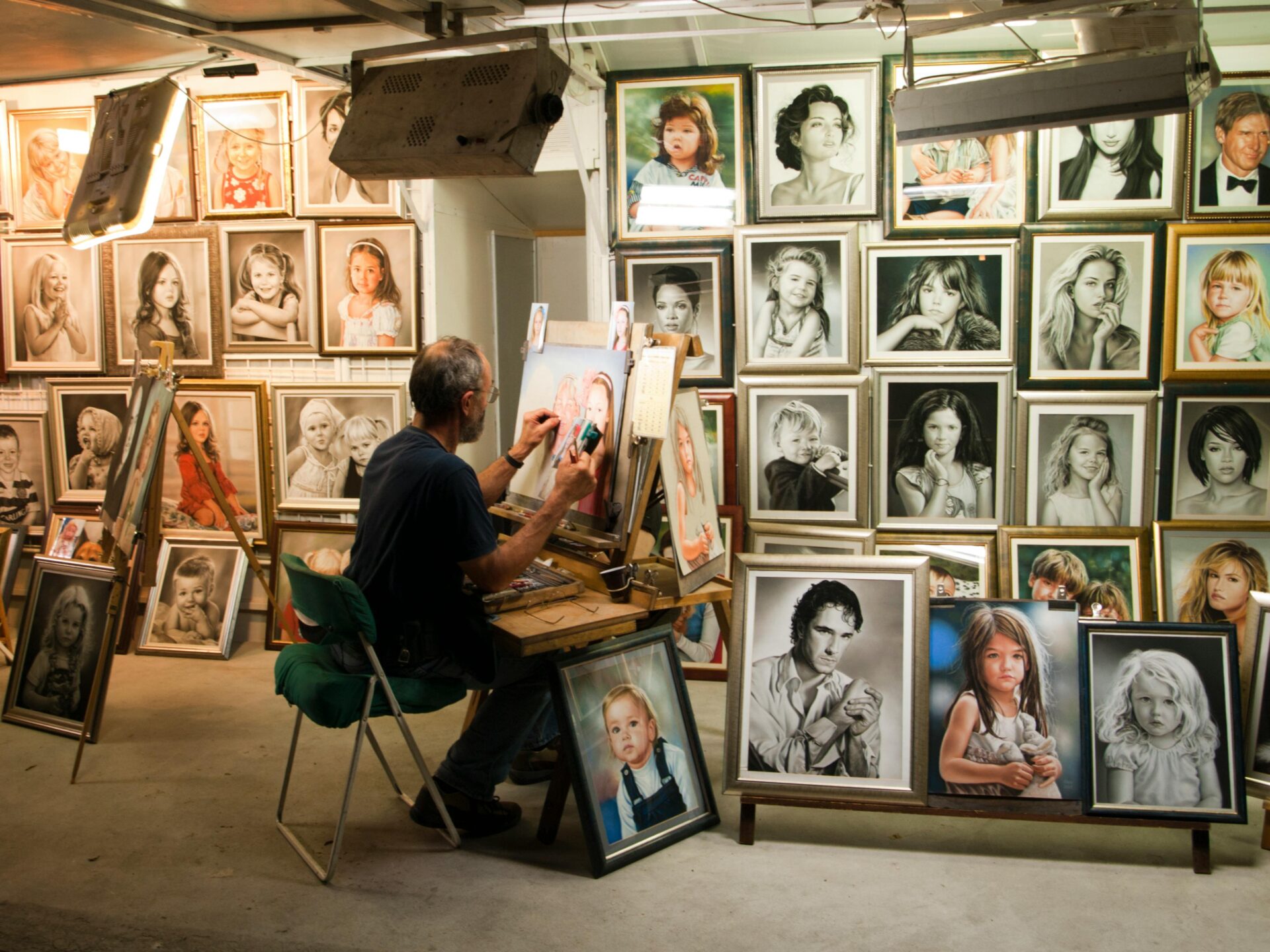
I realized that personally, I was engaging in one of art’s biggest missions: healing. I feel that one important role art is playing in these challenging times is the role of Healer. Here are just a few of the many ways that art heals:
1. Art Lowers Anxiety
Just looking at art can be healing. For centuries, many cultures have used the mandala form as a tool for contemplation and prayer—letting the mind stop on one spot while the natural forces and chaos of the world swirl around you.
2. Art Generates New Solutions
Even the simplest art, like a Japanese enso, is layered with complexity. It’s like William Blake’s idea of “the world in a grain of sand.” The more you look, the more ideas reveal themselves, whether the art is simple or complex. It takes time and patience to find, examine, and consider the endless options art offers.
3. Art (Both Making It and Looking at It) Can Have a Role in Therapy
Psychologist Cathy Malchiodi, in her book The Art Therapy Sourcebook, writes that art therapy is “a modality for self-understanding, emotional change, and personal growth.” Yes, focused attention on therapeutic benefits is helpful. But what about most of us who don’t ever go to an actual art therapist? Can art help us? Many artists will tell you that making art is therapeutic and calming, that it helps you calm distracting, negative, and unhelpful thoughts, and that it gets your hands and body working as opposed to only your mind.
4. Art Helps Us Deal with Difficult Realities
Poetry is consoling in times of unrest and pain, illness and grief. The poet Richard Wright wrote more than 4,000 haiku during his last year of illness in Paris. Wright’s daughter Julia said he continued “to spin these poems of light out of the gathering darkness.” Art works like that and serves like that.
5. Art Builds Safe, Meditative, Imaginative Spaces
Making art can break open and free trauma. For me, walking and beachcombing calm my mind’s storm. And then I paint to have a similar experience or visit galleries or art online to experience how other artists have translated their emotions and observations into healing messages.
In these ways, I experience a pure connection to imagination, the land where everything is okay for a little while.
References
Maisel, E. (2021, April 1st). How art heals: 5 ways that art makes everything better. Psychology Today. Retrieved from https://www.psychologytoday.com/us/blog/rethinking-mental-health/202104/how-art-heals-5-ways-art-makes-everything-better
